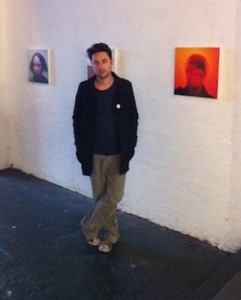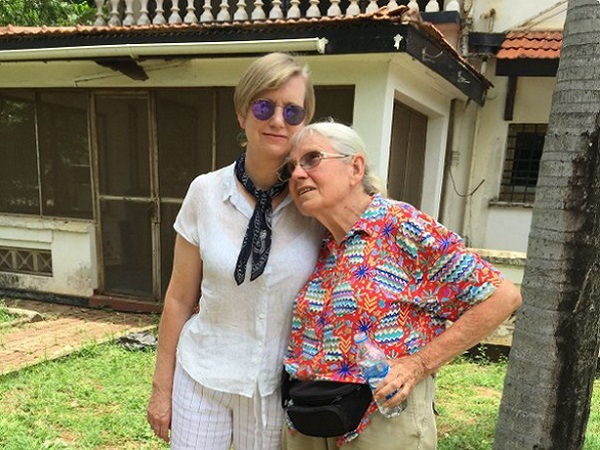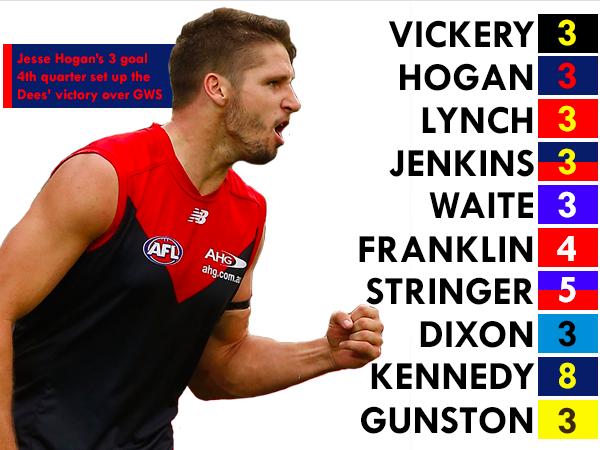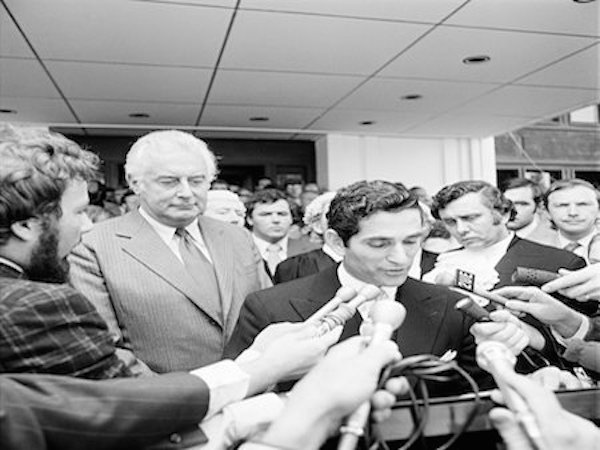Being an artist is not easy: endless hours in the studio, the constant manipulation of creation and reality, and the ever-present fear of rejection.
Unsurprisingly, most artists are driven by passion, rather than the desire to make money. Melbourne-based painter, James Bonnici, is one such artist.
Bonnici developed his unique style of impressionist art while studying at RMIT. Working from street art hub, The Blender Studios, he records and interprets urban landscapes and human faces. The Blender Studios also allows him to be surrounded by like-minded artists while showcasing his intricate artwork on a public platform.
 “I find [painting] quite meditative. It’s one of those things where I [don’t] know how to do anything else,” says Bonnici.
“I find [painting] quite meditative. It’s one of those things where I [don’t] know how to do anything else,” says Bonnici.
Bonnici recently had his solo opening exhibition – appropriately named “In-between Space” – where he displayed some of his finest work at Dark Horse Experiment, a contemporary art gallery that explores the idea of both modern and experimental art.
Through portraiture and landscape, his work explores how distortion, blurriness, light and space are used to depict psychological states and how we experience our physical reality.
Opening night was a roaring success with more than 50 per cent of his artwork selling in less than two hours.
Resisting all things technological, he confesses: “I only recently joined Facebook and got a mobile phone.” However, Bonnici admits he hasn’t taken the plunge and learnt how to operate a computer yet.
Feeling more at home behind a canvas, he says he is more interested in the real word rather than social media.
Bonnici takes photographs with his phone’s camera, allowing him to interpret his immediate surroundings, and the subjects that are close to him.
“For me…how we experience our physical reality, no matter what, is generally through mood, depending on how you feel that day,” says Bonnici.
At “In-between Space”, instead of being a mere bystander gazing into misshapen faces, the observer is able to feel they are part of the subject. While there is torment, confusion and angst in one image, others identify hopefulness, tranquillity or empathy.
[liveblog][oqeygallery id=61][liveblog]
At times, the chaotic and hauntingly dark pieces are reminiscent of what it might feel like living in a mental asylum; others are bright and picturesque, featuring hues of subtle and sinister tones.
Bonnici’s creation of angular motion is both fascinating and eerie. The longer ones eyes linger on the images, the more they come alive.
Bonnici doesn’t adhere to a specific style. Rather, he incorporates geometric and cubist art, while oscillating between his subject and its beauty. He finds claustrophobic spaces fascinating, and focuses on them in an up-close-and-personal manner, without ever appearing invasive.
“Lots of photos are taken in public toilets…there was one behind an Indian restaurant. There’s this idea that you’ve got a beautiful façade and everything looks pretty, [but] then you go to the toilets and they’re really dingy. There’s this [concept of] neglect,” he says.
It’s clear in Bonnici’s work he has a more than unusual perspective on life.
“I’m kind of a happy person but in lots of ways I see the world as quite bleak. I look beneath the surface,” he says.
Bonnoci’s unique appreciation of dark imagery comes from Martin Heidegger, a German philosopher, Gerhard Richter, a German visual artist, and Brian Eno, an English musician and artist. These people serve as his muse, aiding his imagination to go wild.
Bonnici is acutely aware of the world but, more profoundly, he dares us as individuals to think differently about space and our physical reality.
If James Bonnici’s work intrigues you, click here for details.
 Kamara Bogoda is a second-year Bachelor of Strategic Communication student at La Trobe University, and the Deputy Social Media Editor for upstart. Follow her on Twitter @Kamarabogoda
Kamara Bogoda is a second-year Bachelor of Strategic Communication student at La Trobe University, and the Deputy Social Media Editor for upstart. Follow her on Twitter @Kamarabogoda







